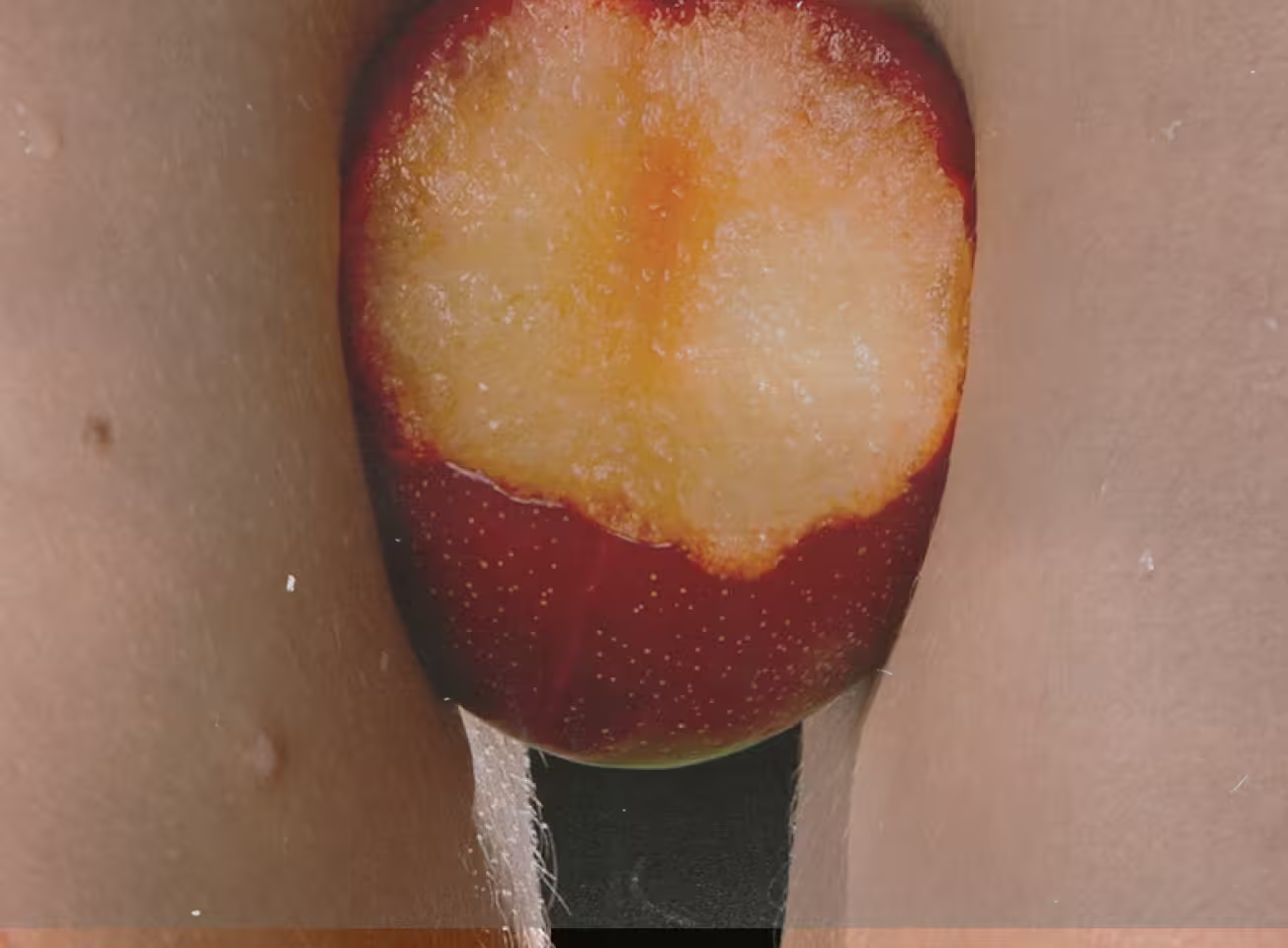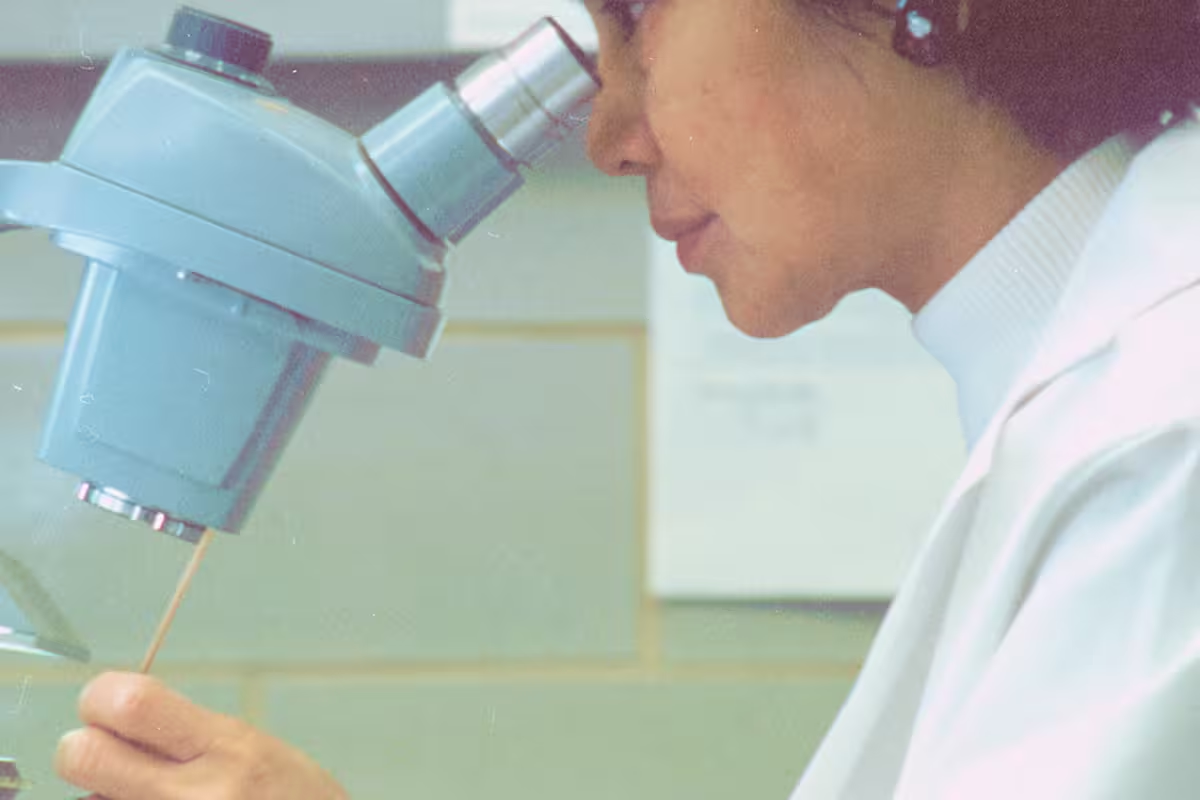

Foods That Support Vaginal Microbiome Health
Discover the best foods for vaginal health and how a diet rich in fiber and probiotics can support a balanced vaginal microbiome.
Words by Olivia Cassano
Scientifically edited by Dr. Krystal Thomas-White, PhD
Medically reviewed by Dr. Kate McLean MD, MPH, FACOG
You hear a lot about how a healthy diet can improve your gut microbiome, give you glowing skin, and fuel your gym sessions, but we rarely consider how what we eat can influence vaginal health, too.
Your vaginal microbiome is a key player in your overall well-being. It helps prevent infections, supports hormonal balance, and even plays a role in reproductive health. And just like your gut, your vaginal microbiome may be influenced by what you eat.
Let’s take a closer look at how diet impacts vaginal health, and which foods can help your microbiome thrive.
What is the vaginal microbiome?
Your vaginal microbiome is a dynamic community of microorganisms (mainly good bacteria) that work together to keep things balanced down there. In a healthy state, it's dominated by Lactobacillus species, which produce lactic acid to keep your vaginal pH slightly acidic. This acidity acts as a natural barrier against unwanted bacteria and yeast.
But when this balance gets disrupted (a state called dysbiosis), it can open the door to infections like bacterial vaginosis (BV), yeast infections, and even urinary tract infections (UTIs). Dysbiosis can be triggered by a variety of things, from antibiotics and hormonal changes to stress and, potentially, your diet.
How diet affects the vaginal microbiome
There’s a growing body of research showing that certain dietary patterns promote a healthy, Lactobacillus-dominant environment, while others may contribute to dysbiosis. Diets high in fiber and plant-based foods support good bacteria, while excessive intake of red meat and alcohol is linked to harmful bacterial overgrowth.
Researchers are currently investigating how diet affects the vaginal microbiome. One theory centers on the concept known as the gut-vagina axis. The gut and vaginal microbiomes are closely linked; bacteria from the gut can influence the vaginal microbiota through shared immune, hormonal, and microbial pathways. This means that imbalances in the gut may affect the health and stability of the vaginal microbiome as well. Supporting one can often benefit the other.

Recurrent symptoms? Get Evvy's at-home vaginal microbiome test, designed by leading OB-GYNs.
Foods that support the vaginal microbiome
So what should we be reaching for when we’re filling our plates?
Probiotic-rich foods
Probiotics are live, beneficial bacteria that can help replenish and support microbial communities in the gut and, indirectly, the vaginal microbiome. While many people take probiotics as supplements, they’re also naturally found in a variety of fermented foods.
While most studies focus on probiotic supplements, fermented foods can still be a valuable part of your diet, especially when eaten regularly. These foods may help maintain a Lactobacillus-dominant vaginal microbiome, which is crucial for preventing vaginal infections and maintaining optimal pH.
The key players here are lactic acid-producing bacteria, which not only keep the vaginal pH acidic but also help crowd out harmful bacteria like Gardnerella vaginalis (one of the main culprits of bacterial vaginosis). While more research is needed to confirm the impact of food-based probiotics on vaginal health fully, fermented foods are also great for gut health, which is closely linked to vaginal health.
Foods rich in probiotics include:
- Yogurt with live and active cultures
- Kefir
- Sauerkraut (unpasteurized)
- Kimchi
- Miso
- Tempeh
- Pickles (fermented in brine, not vinegar).
Foods rich in fiber
Fiber is essential for gut health, and because the gut and vaginal microbiomes are closely connected, it plays a big role in vaginal wellness too. A fiber-rich diet supports the growth of good bacteria and helps reduce inflammation throughout the body. Fibre intake is also associated with decreased circulating estrogen levels, which can influence vaginal pH and microbiome composition.
In particular, dietary fiber and plant-based foods are linked with increased levels of protective Lactobacillus species like Lactobacillus crispatus. These foods also help reduce the presence of non-beneficial vaginal bacteria that thrive in a less acidic environment. On top of that, many high-fiber foods contain prebiotics, compounds that “feed” good bacteria and help them flourish.
Great sources of fiber and prebiotics include:
- Whole grains (like oats, quinoa, brown rice, and barley)
- Leafy greens (such as spinach, kale, and collard greens)
- Root vegetables (like sweet potatoes, beets, and carrots)
- Legumes (including lentils, chickpeas, and black beans)
- Fruits (especially bananas, apples, and berries)
- Vegetables like garlic, onions, leeks, and asparagus.
Omega-3 fatty acids
Omega-3 fatty acids (often referred to as "healthy fats"), especially alpha-linolenic acid (ALA), are known for their anti-inflammatory properties, but they’re also linked to vaginal health. Studies show that women with higher intakes of ALA (found in plant-based omega-3 sources) tend to have a greater abundance of Lactobacillus crispatus, a key protector against infection.
Omega-3s also help regulate immune response and support the health of vaginal tissues. When inflammation is reduced and hormonal balance is supported, your body is better equipped to maintain an optimal vaginal microbiome.
Top food sources of omega-3 fatty acids include:
- Flaxseeds (ground for better absorption)
- Chia seeds
- Walnuts
- Hemp seeds
- Fatty fish (like salmon, sardines, and mackerel)
- Canola oil and soybean oil
- Seaweed and algae-based supplements (for plant-based omega-3s).
How to maintain a healthy vaginal microbiome
Of course, food is just one part of the picture. A healthy vaginal microbiome doesn’t come from eating a single food; it’s about daily habits that support balance from the inside out.
While a diet rich in fiber, omega-3s, and prebiotic-rich plants can help promote protective Lactobacillus species while discouraging harmful bacteria, supporting your vaginal health means taking care of your whole body. That includes:
- Practicing safe sex: Using condoms not only helps prevent sexually transmitted infections (STIs), but it also supports a stable vaginal microbiome. Semen can temporarily alter vaginal pH, which may throw off the balance of good bacteria. Barrier protection can help reduce this disruption and keep your vaginal environment in a healthier state.
- Not ignoring symptoms: Treating infections early is key. If something feels off — itching, unusual discharge, vaginal odor, or discomfort — don’t sweep it under the rug. Early treatment can prevent vaginal infections from worsening or recurring. Catching an imbalance early gives you the best chance at quickly restoring your vaginal microbiome and avoiding complications.
- Quitting smoking: Smoking has been linked to an increased risk of bacterial vaginosis and other vaginal infections. It can interfere with your immune system and hormone regulation, making it harder for your body to maintain a healthy balance of vaginal bacteria. Quitting can lead to better vaginal (and overall) health.
- Good hygiene: This doesn’t necessarily mean overwashing or using douches, quite the contrary, actually. When it comes to vaginal hygiene, less is often more. The vagina is self-cleaning, and using harsh soaps or douches can strip away good bacteria and disrupt your natural pH. Gentle, external washing with warm water (and mild, unscented soap if needed) is all you really need.
- Managing stress: Chronic stress doesn’t just affect your mood — it can impact your hormones, immune system, and microbiome. Stress-related hormonal shifts can make it harder for your body to maintain a Lactobacillus-dominated vaginal microbiota. Regular self-care, mindfulness practices, and rest can make a big difference.
- Staying on top of your health check-ups: Routine care is essential for maintaining a healthy vaginal environment, but it doesn’t always require a trip to the doctor’s office. You can stay on top of your vaginal health by testing with Evvy from the comfort of your own home. Evvy’s at-home Vaginal Health Test gives you detailed insights into your unique bacterial makeup, helping you catch imbalances early and take action before symptoms even show up.
- Supporting your microbiome with Evvy Women’s Complete Probiotic: In addition to eating a balanced diet, targeted supplementation can help maintain microbial balance, especially during times of stress, antibiotic use, or hormonal shifts. Evvy Women’s Complete Probiotic is uniquely formulated to support both the gut and vaginal microbiomes, with strains backed by clinical research. It contains multiple Lactobacillus strains known to colonize the vaginal microbiome, including L. crispatus, as well as gut-friendly strains that promote digestion and immune health. It’s designed with a delayed-release capsule to ensure the probiotics survive the journey to your gut, and it’s free of unnecessary additives, making it a clean, effective choice for daily support.
FAQ
What foods are good for vaginal health?
Foods that support vaginal health are those that nourish the body while promoting a balanced vaginal microbiome. A diet rich in fiber from fruits, vegetables, legumes, and whole grains helps feed beneficial bacteria, particularly Lactobacillus species, which play a key role in maintaining an acidic vaginal pH and preventing infections. Yogurt with live cultures, kefir, and kimchi provide natural probiotics that can support both gut and vaginal microbiomes. Omega-3 fatty acids — found in flaxseeds, walnuts, and fatty fish like salmon — help reduce inflammation and support tissue health. Prebiotic-rich foods such as garlic, onions, asparagus, and bananas help feed and strengthen the good bacteria already present. On the other hand, limiting red and processed meats, added sugars, and excessive alcohol can help reduce the risk of dysbiosis. Overall, a plant-forward, nutrient-dense diet supports not only vaginal health but also your entire body’s microbial balance.





